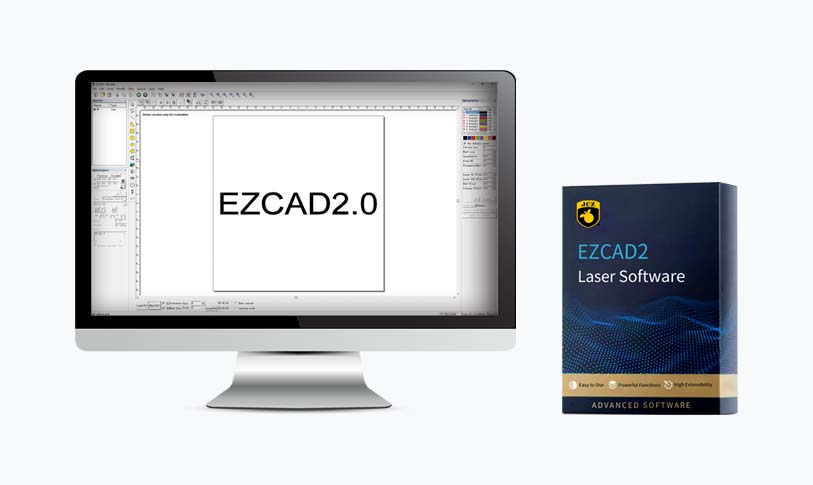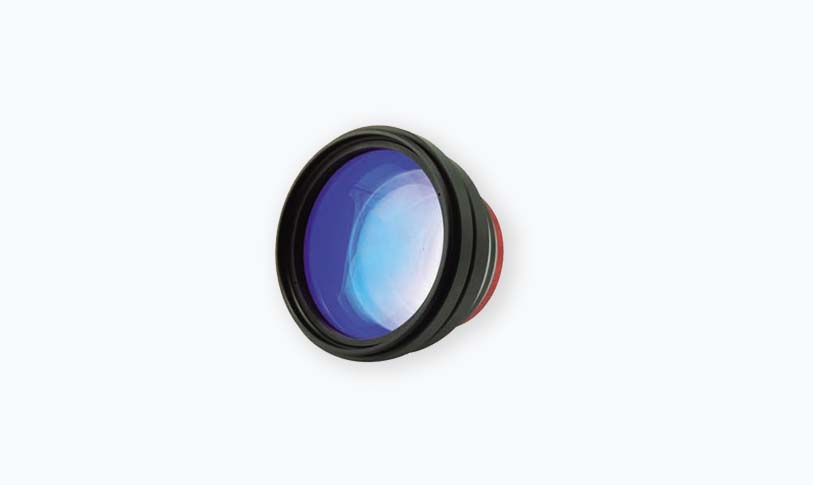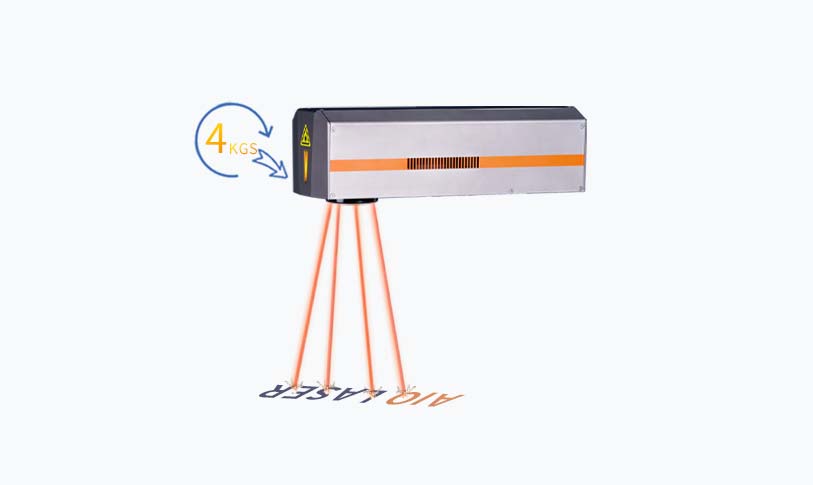In the rapidly evolving landscape of modern manufacturing, laser cutting technology has emerged as a pivotal method for precision material processing across various industries. Central to the effectiveness of these machines is the laser cutting machine controller, a critical component that orchestrates the entire cutting process, ensuring accuracy, efficiency, and reliability. This article delves into the importance of laser cutting machine controllers, examining their functionality, significance, and the advancements that have reshaped their role in manufacturing.

Understanding the Role and Functionality of Laser Cutting Machine Controllers in Modern Manufacturing Processes
At its core, a laser cutting machine controller is an electronic device designed to manage and oversee the operations of a laser cutting machine. It interprets design files, typically provided in formats like DXF or SVG, and translates this information into commands that dictate the movement of the laser head and the modulation of the laser beam. This process involves several key functions, including path generation, speed control, power modulation, and real-time monitoring of the cutting process.

Understanding the Role and Functionality of Laser Cutting Machine Controllers in Modern Manufacturing Processes
One of the primary advantages of using a laser cutting machine controller is the precision it offers. Laser cutting systems are renowned for their ability to produce intricate designs with tolerances that are often measured in micrometers. The controller plays a vital role in achieving this level of accuracy by ensuring that the laser follows the predetermined cutting path with exceptional detail. Whether cutting through metal, wood, acrylic, or other materials, the controller enables the laser to adjust its focus and power depending on the material type and thickness, further enhancing the cutting quality.
In addition to precision, laser cutting machine controllers contribute significantly to the efficiency of the cutting process. With the ability to process complex geometries quickly, these controllers reduce the time required for design-to-production cycles. Advanced controllers utilize algorithms that optimize cutting paths, minimizing unnecessary movements and thereby reducing wear on the machine components. This optimization not only speeds up production but also enhances the lifespan of the laser cutting equipment.
Another noteworthy feature of modern laser cutting machine controllers is their integration with computer-aided design (CAD) software. This compatibility allows operators to easily transition from design to fabrication. CAD programs can produce detailed drawings that controllers can read directly, significantly simplifying the workflow. Furthermore, many controllers now come equipped with user-friendly interfaces, often featuring touchscreens that make it easy for operators to input commands, adjust settings, and monitor the machine’s performance in real time.

Understanding the Role and Functionality of Laser Cutting Machine Controllers in Modern Manufacturing Processes
As industries continue to demand greater flexibility and customization in manufacturing, the role of laser cutting machine controllers has expanded accordingly. Advanced controllers are capable of handling multiple cutting operations and can seamlessly switch between different materials and thicknesses without requiring extensive recalibrations or setup. This adaptability makes laser cutting an increasingly attractive option for manufacturers looking to implement lean production practices and respond quickly to market demands.
The evolution of laser cutting machine controllers has also paved the way for enhanced automation within manufacturing environments. Today, many controllers come equipped with features such as automated nesting, which optimizes material usage by arranging cut parts in a way that minimizes waste. Additionally, some systems incorporate artificial intelligence and machine learning, enabling the controller to learn from previous cutting jobs and improve its performance over time.
Furthermore, the integration of IoT (Internet of Things) technologies has allowed for remote monitoring and control of laser cutting operations. Operators can now oversee multiple machines from a central location, receiving real-time data on performance metrics, production output, and maintenance needs. This connectivity not only streamlines operations but also enhances overall productivity and responsiveness to issues as they arise.
Challenges in laser cutting operations are not uncommon, and the controller plays an essential role in addressing these hurdles. Advanced controllers have built-in diagnostic capabilities that identify issues such as alignment problems, material inconsistencies, or mechanical failures. By alerting operators to these issues in real-time, controllers help mitigate downtime and ensure a smoother production process.
In conclusion, the laser cutting machine controller is an indispensable element of modern manufacturing, characterized by its precision, efficiency, adaptability, and integration with advanced technologies. As industries continue to evolve and demand quicker turnaround times, the significance of sophisticated laser cutting machine controllers will only grow. For manufacturers aiming to remain competitive and innovative, investing in cutting-edge laser technology and its controllers is not just advantageous; it’s essential for future success.sla 3d software


